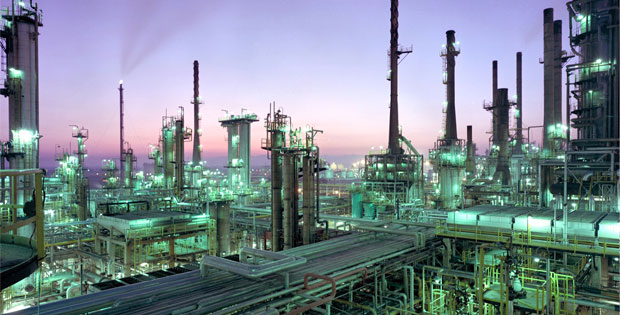
With higher refined product prices, conversion margins improve
Despite a new and more severe wave of Covid-19 and its restrictions, product prices and demand have been surprisingly resilient. We have seen diesel and gasoline cracks hold up nicely over the last few weeks leading to some healthier conversion unit margins, especially at the Fluid Catalytic Cracker (FCC) unit. The resilience in FCC margins show the continued importance of continuously optimizing FCC operations to maximize overall site profitability.

Figure 1: Refined product cracks (not compensated for RVO) vs WTI Cushing marker, M2 contract basis. 70/30 crack shown as a simple FCCU margin marker. Pricing source: EIA weekly
Given these cracks and applying some simple (and fixed) assumptions about product yields, we have calculated an indicative margin for the FCC to help us stay on top of our customers’ operating and planning economic environment. The chart below shows how the FCC margin indicator has trended since the pandemic started.

Figure 2: Trend of Imubit indicative FCCU margin on wide cut VGO showing relatively high margins compared with most of 2020. This metric is calculated based on publicly available market prices and our own assumptions on yields and spreads for intermediate streams.
While this one-dimensional look at FCC profitability is a nice indicator of how it is trending, it really simplifies what must be done on a monthly, weekly, and daily/hourly basis on the unit. Let us discuss those for a moment to dig in a bit more:
Monthly
On a monthly basis, planning and economics groups will typically run their planning model and/or the FCC kinetic model to determine if there are any attractive imported feeds that should be purchased and at what break-evens the traders should try to keep below. The economic environment of course affects crude selection and capacity utilization planning that will affect the unit later at runtime.
Weekly
As runtime approaches, typically more tactical operating strategies will be issued from the LP and/or kinetic models that correspond with local site needs for the gasoline and diesel blending pools, already committed feeds, and other constraints. The method, quality, and operator/engineer adherence to these plans can make a huge difference in site profitability over the course of a year.
At the weekly interval typically a specific riser or reactor temperature may be chosen, usually combined with a feed and/or product goal. For example, an FCC run plan communication may be, run 90KBD feed, maximizing conversion to fill alky. In this example, a specific temperature target is not issued, but clear economic goals are issued with the decision as to how best achieve the goals left to operations. Other sites may run to max or min conversion targets without a product limit (especially while cut back from maximum rates).
Daily/Hourly
Each day board operators, process engineers, and coordinators may slightly adjust targets on the FCC based on tactical needs and current unit limitations. There are also choices around preheat temperatures, feed mixes, and even catalyst additives that can be made at this time to significantly affect profitability of the unit. The yields in the cat are highly interactive with various unit parameters such as regen temperatures, preheat, riser temperature, and feed types.
This complexity makes maximizing volume gain and other objectives in real time a very complex task for the operations and engineering team to handle. Efficient and functional cooperation between planning and economics, engineering, operations, and management are key to achieving the best possible FCC profitability.
For more information, visit imubit.com



